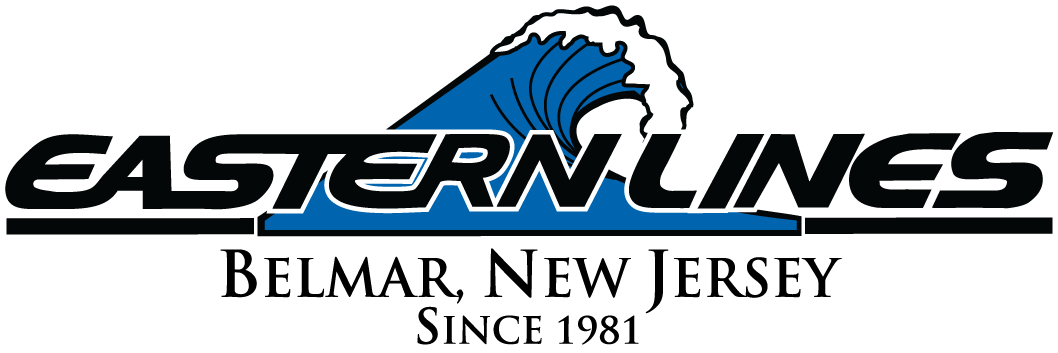Welcome to “Fin Talks” – a series of interviews with the most talented and respected surfer/shapers in our industry. In these interviews, we will explore a wide range of topics related to fin design, performance, and history. We hope you enjoy this series and the insight each discussion brings.
For our first edition, who better to sit down with than True Ames Owner and legendary craftsman, Chuck Ames. Beginning in 1979, Chuck has been fine tuning surf fins for the world’s best surfers across all disciplines. From classic noserider single fins to performance thrusters, each fin is precision foiled for optimal performance.
In our discussion with Chuck, we covered the importance of flex and how it plays a role in performance surfing. We also learned about the evolution of materials from the first fins Chuck foiled, to what is used today to create the industry’s best fins. Lastly, we looked at the history of the L-Flex and the collaboration between Greg Liddle and Chuck in designing the template.
Lets get into it…
TA: Why is flex important in fin design?
CA: Simply stated: flex allows one to make smooth transitions while in a turn. Flex allows the board to release and transition to the rail while maintaining speed and control…and even acceleration! A rigid fin can “spin out” when loaded up in a turn and will not have a smooth transition. Conversely and overly flexible fin will lose drive in the turn and will not produce the power needed to set up for the next turn.
Proper flex is dictated by the particular fin design. Many fins can benefit from flex!
 George Greenough at Honolua Bay. Shot by John Witzig, 1967 – retrieved from icecreamheadaches.nyc
George Greenough at Honolua Bay. Shot by John Witzig, 1967 – retrieved from icecreamheadaches.nyc
TA: What type of fins benefit the most from more/less flex?
CA: The fins that benefit the most from flex are in the area of performance surfing! There are many shapes and sizes of fins from single fins to multi fin surfboards.
One of the most popular fins that benefit from flex (and a proper foil) is the Greenough 4A. This design originates with inspiration from a Tuna fish. These fish travel at high speeds and can make rapid direction changes. It is very evident that their fins flex from the mid-section to the tip. So we attempt to emulate this with our fins and especially with the 4A!
Narrow, high aspect ratio, fins must have just the right flex characteristics if they are to perform at a high level. These kinds of fins certainly benefit the most from “proper” flex.
A fuller area, pivot style fin, such as a Yater spoon does not depend on flex for it to perform well. Mostly because the kind of surfing typically done is not rail to rail.
TA: What about the L-flex? Can you elaborate on some of the history of that fin? How did you and Greg Liddle initially team up?
CA: A “Liddle ” about the L-Flex. The origin of the L-Flex is certainly with Greg Liddle and his “hull design” surf craft. But to go back a bit further one could point to the defining moment when Nat young won the world contest in 1966. Magic Sam was the name of his modified/shortened self shaped pig. The fin was not working too well, and just before the contest George Greenough actually took a bunch of area out of Nat’s fin and gave it “proper” flex. He went on to win that contest and some say that was the beginning of the shortboard revolution. The important takeaway is that Nat was riding a “hull” style board and a narrow fin with flex made this board come alive

Fast forward to 1979 when I first started to foil fins for Greg Liddle: Greg was one of my first customers and showed me how to properly foil one of his L-flex designs using heavy Volan fiberglass material. The fins were crude (by today’s standards) but the foil/flex/design were the driving factors to make his hull design surfboards come alive! There were so many templates! Each board design dictated a specific fin. These fins have become a timeless staple that most surfers have benefited from.
TA: Volan fins are known to be the highest quality fins on the market, how does Volan impact flex and performance characteristics?
CA: Volan fiberglass has been the material of choice for pure flex fins from the late 60’s . It is basically an industrial boat fabric. For some reason, (that has never been fully explained to me ), Volan exhibits great flex properties when used to make a fin using polyester resin (*). Volan fins flex further down into the body of the fin making for a nice evenly distributed flex. This is probably the most notable characteristic of the Volan fiberglass when used to make a flex fin. We also try to strategically “orient” the fiberglass weave to optimize flex/twist as well.
*fins made with common surfboard “E” glass tend to be stiffer in the middle of the body. They only have tip flex.


